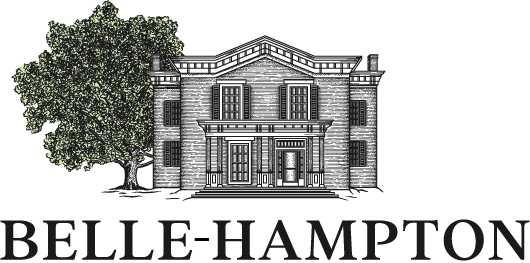Family Bank: Wealth Management to Last Generations
Shirt Sleeves to Shirt Sleeves in Three Generations
To break the cycle of "Shirt Sleeves to Shirt Sleeves" in three generations, as discussed in a previous blog, family businesses and those wanting to pass along wealth must stop the current way of managing money. A 70% failure rate in a successful transfer of wealth is not good odds. Financial planning should not begin with wealth advisors but with a family bank structure.
What is a family bank? According to Emily Griffiths-Hamilton’s book, Build Your Family Bank, it is an approach to wealth transition planning that includes more than just money. Like a physical bank, it is built on a solid foundation of a shared vision and family values. A well-created vision statement unifies the family towards a common purpose. It is essential to involve all generations when forming the idea. Our family vision says, “Live Intentionally in Pursuit of One’s Full Potential.” We did not require a code of conduct statement by defining our core values of Family, Integrity, Knowledge, and Perseverance since we follow our common purpose and live our values. Starting with a good base allows for the structure to be formed.
The next piece is Human Capital, where each family member's individual physical and emotional well-being is nurtured. Although a combined family purpose is essential, the individual's purpose is paramount. The life work of a member is vital to find happiness. As a group, we can support each other in pursuing self-worth. If their dream is to become CEO or lead in philanthropy, the members must build on their goals to contribute to society and the family. Every member leads a free and independent life with a separate paid position. They are not allowed to deplete the family bank but rather contribute to it. No "hands in the cookie jar" lifestyle is acceptable.
Another pillar of the bank is Intellectual Capital, defined as everything each family member knows collectively. Ongoing learning is not just in the classroom but in life. Older adults need to model behavior for the younger members, showing what it is like to be a leader and the importance of stewardship. Passing along financial wisdom and lessons learned assists in educating heirs. Of course, in school, learning is encouraged, but having a succinct development program for the family needs to be part of the family strategy. Our family started a development program by first taking an assessment. We were fortunate to have a good mix of different skills, talents, and interests. From there, we were able to configure a plan for the future leaders of the next generations.
The final pillar is Financial Capital, the assets that will be transitioning to the next generation. This is not to be confused with estate or tax planning for inheritance. These economic tools are to be considered an heirloom. As stewards of the heirloom, the family members protect it for future generations. In order to support multigenerational wealth, the bank's money isn't something to blow on fancy houses, designer clothes, or expensive hobbies. There isn’t anything wrong with acquiring those things, but not with the Family Bank’s assets. By having shared values for the purpose of the money, the family can grow Human and Intellectual Capital for many generations to come. As an example, a family member wants to buy a business. Depending on how it is structured, individual prosperity or increasing the family's Financial Capital would be the deciding factor for having the loan forgiven.
But even if you have a solid foundation and strong pillars of Human, Intellectual, and Financial Capital, you need a roof to protect the structure. The roof has two layers, Governance and Legal Structures. The Governance has a Family Council, and Family Constitution created with the primary purpose of defining communication. Who is represented on the Family Council? Generally, it is a representative from each family branch, so the meetings don't get too large but can be set up according to their needs. Although it isn’t recommended to restrict the educational requirements to be on the council, it is suggested to have a development program for the role. It is called earning a voice. If a young member wants to become part of the meetings, they might need to sit in on some as an observer. They can grow into the role after being educated on basic family history, the constitution, and finance 101. Other families have chosen a secondary NextGen family council with an elder as a facilitator.
“Your Legacy...Accountants can’t create it, Lawyers can’t litigate it, Governments can’t legislate it, Professors can’t teach it. Only you can orchestrate it?”
— Donald MacKenzie, Corporate Consultant
Whatever the Family Council structure, it should be strengthened by a Constitution. This document creates the outline for handling disputes, employment, and role requirements, to name a few. When first developing the document, it should have input from everyone before a crisis occurs. Having it in place will probably avoid the problem in the first place. Remember that conflict cannot be avoided, but following a written procedure will demystify it. For example, having a stated requirement that a family member cannot work for the family business unless they have five years of outside experience with at least one promotion will set the expectation of each member that a job after college isn’t a given.
The top layer of the structure is legal. Remember, we started to build the bank from the foundation up, but now is the time for the experts. Bring in the financial advisors, attorneys, and accountants to set up the best method for what the family decides on. Do you need a trust, an LLC, or simple operating agreements? In our case, it was all of the above. Working through the details might also hammer out some items the family hadn’t considered. Now, advisors can be directed by the family's vision for their future instead of vice versa. Do you think your family could use a family bank?

